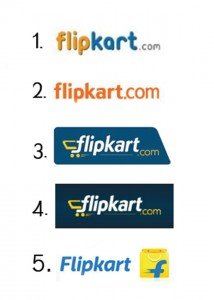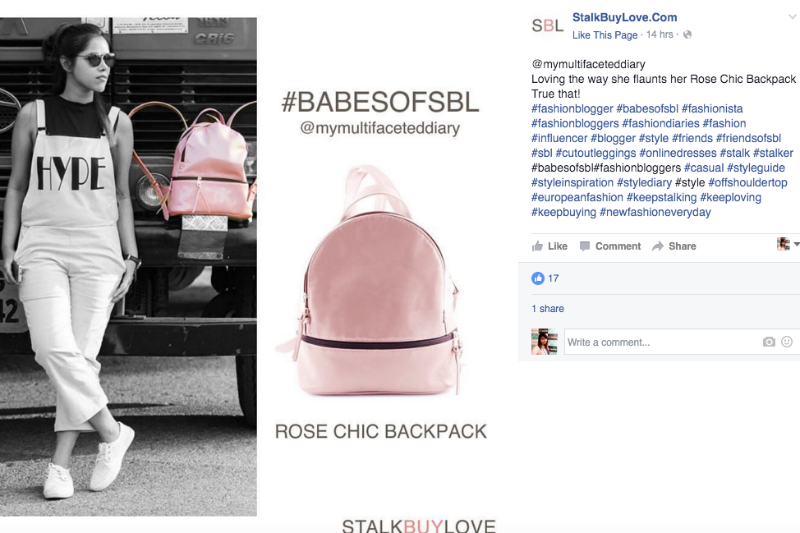In a crowded marketplace, fitting in is failing. In a busy marketplace, not standing out is the same as being invisible.” – Seth Godin
The retail world is experiencing a digital boom across domains. In India, in the last decade over 100,000 merchants have come online to sell on different marketplaces. At the same time, the space gave an opportunity to new brands to emerge online and scale to the extent of opening offline stores as well. Several online first fashion private labels like Faballey, Freecultr, StalkBuyLove etc. have been able to cut out a niche for themselves and gained loyal users.
Fashion & electronics are the hottest selling categories online, and hence, there is a lot of competition among retailers in these sectors. Irrespective of the age, scale or nature of your retail business, it is not sufficient to just list your products on marketplaces or set up your own store, building a brand and growing it requires a strategy. Here are a few things you should get in place to create lifetime customer value
1. Proper Logo

A professionally designed logo that is in sync with your brand’s outlook is a must. You don’t have to go overboard with the design, but ensure that it is unique and enables instantaneous recollection of what your brand stands for.
Check how eCommerce marketplace Flipkart has evolved its logo over 10 years. Even post becoming a successful brand, it had launched logo 5 in Mid 2015, as its app icon too, to keep brand identity in line with the targeted perception.
Target group is also an important factor to keep in mind while designing your logo.
2. Unique Product Offering
Consider a sample scenario where a customer logs onto Amazon to buy a pair of headphones. Searching for the keyword ‘Headphones’ displays over 700,000 results! Even with the filters, it is still a daunting task for a user to sift through so many products. Now imagine how hard would it be for you make a sale if your products are looking like rest of the lot.
For those with their own manufacturing, you can experiment with design and product features to stand out by creating a proof of concept. And if you are a curator of products on a standalone website, make technology your strength by giving an amazing browsing, buying and delivery experience.
3. Seamless Web Store Design & Experience

The ‘e’ in eCommerce stands for electronic, it stands for technology. Unless you are selling only on marketplaces, your own website plays a crucial role in driving sales. On one hand, the design & look and feel should be consistent with your brand persona, and on the other the backend should be robust enough to deliver a smooth experience. Check with your IT head or your vendor (In case of hosting on a SaaS platform) about reducing website load time, crashes and how you can make it more seamless.
Look in the above image how the ethnic design brand has added intricacies in the menu, and the text in the search bar to match the brand perception it wants to make.
4. Engage With Social Media

Facebook is a useful marketing tool when it comes to retail branding. Posting pictures of your products is a common practice among brands. However, you can go a step further and create or curate engaging posts that keep your prospects interested in your brand.
Encourage your customers to leave reviews and feedback on your page after they have made a purchase.
If you have your own online store, place a Facebook like box there, an existing user base could act as a source of credibility for a first time user.
Fashion retailers could also leverage Instagram to engage with their customers and learn what all products do they like. Starting a poll or a hashtag opinion campaign can encourage new users to interact with your brand.
5. Invest in Content

Not many retailers take having a blog seriously, more because they don’t see an ROI beyond transactional conversions. This is changing now, blogging not only about the products, but about trends and useful content that your target audience would like to read. This helps in new user acquisition, engaging existing user base and also provides you with content to fuel your social media and search engine.
The above is a screenshot of fashion marketplace Jabong, which creates engaging content coupled with product placement to give the readers a reason to buy there itself.
6. Loyalty & Referral Programs
Cost of customer acquisition is high, hence having a customer retention program becomes indispensable.
Create a loyalty system on your store to retain your buyers, rewarding them on repeat purchases. Additionally have a referral system in place, where you can give discounts and other incentives to your users for inviting their friends, thus creating a chain potential prospects.
7. Amazing Packaging & Delivery Experience
Needless to say, order delivery experience makes a lot of difference to whether you’ll be hearing from that customer again or not. On time fast delivery is mandatory while running an eCommerce business. Additionally, depending upon how much your budget permits, try to customise the product packaging according to your brand design.
Marketplace retailers can have their own packaging below the standardized covers they use. Before packing any product, ensure that it is in pristine condition with all original labels & tags intact.
8. Accurate & Transparent Information
While listing a product, try to give out as much information you can to help the customer buy the product confidently and not get any hidden surprises on delivery. For instance, for electronic goods, it is important to mention about the warranty details for each product. In case there isn’t a warranty isn’t applicable, mention that clearly as well.
While a happy customer might shy from writing a good review, an unhappy customer will ensure that others know about the bad experience. Tell customers both the positives and what to expect from the product. This practice will also lower your return rate.
9. Know Your Customer & Personalize
Most importantly, know who your customers are and what do they want. You may have your own line of wonderful toys for kids, but your buyer certainly are their parents. Align your brand communication with your TG, learn about their purchasing habits by keeping data at your end.
Amazon has successfully created a personalisation & targeting engine model. You however, can quickly start by using browser cookies to show your users what they’d like to see each time they visit.
Are you also planning to take your retail brand online? Share your plan with us at, medhaavimishra@gmail.com






